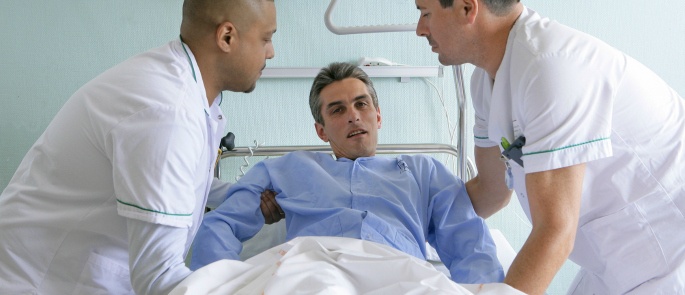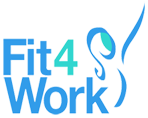Patient Moving and Handling Awareness Course at NHS Westcliffe Treatment Centre
Course: Patient Moving and Handling Awareness Course (Half Day)
Location: Bradford, West Yorkshire
Dates: January 2024
Attended by: Ten members of staff at the NHS Westcliffe Treatment Centre in Bradford, West Yorkshire,
Ten members of staff at the NHS Westcliffe Treatment Centre in Bradford, West Yorkshire, required their annual People Moving and Handling Awareness Course, delivered by Angela at Fit4Work.
Following introductions, the topics below were covered:
Anatomy
So that the trainees could appreciate the effects of incorrect posture and how the body becomes injured, Fit4Work covered in depth the correct alignment of the spine and the importance of keeping its shape when handling patients. How the disc becomes injured and back care management exercises.
Legislation
In order to address the preferred learning styles of people who learn best by hearing and seeing, Fit4Work covered the legislation through the use of videos. A brief discussion afterwards helped to consolidate their knowledge.
Efficient Movement Principles
The Efficient Movement Principles for the handling of inanimate objects and the transfer of patients were taught. Emphasising correct posture, foot and arm position, and the switching on of their core muscles.
Controversial Handling Techniques
The trainees were now able to provide a brief explanation of why a particular handling/transfer technique is considered controversial and no longer used. Different photos of handling and transfer positions were shown, and the trainees were then asked to comment on the potential damage to the handler or patient. For example, the drag lift up the bed shown below could possibly, at worst, cause a dislocation to the patient’s shoulder joint and cause lower back strain to the nurse or nurses carrying out the handling technique.
Practical Session
The practical session included:

End of Course Assessment
To establish and prove that a learning experience occurred, the trainees were asked to complete a multiple choice question paper.
In order for the trainees to become unconsciously competent, it was strongly advised that they practice the above handling/transfers techniques on a regular basis.
To help with this, a book called “Moving and Handling People: An Illustrated Guide” by Sue Rascal was recommended.


